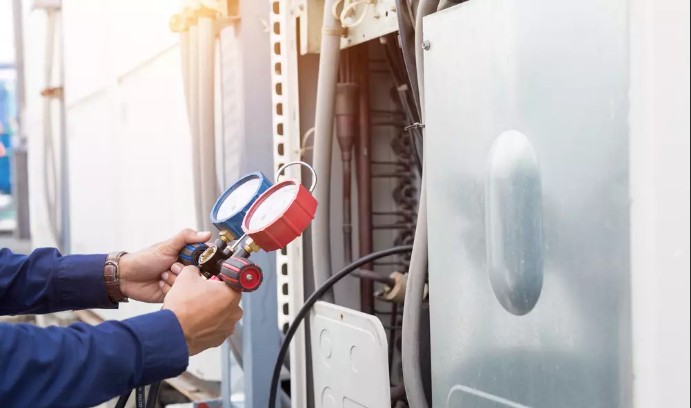Summer in Maryland brings warm weather, long days, and plenty of humidity. While a little humidity is part of life here, too much inside your home can cause real problems, from comfort issues to potential moisture damage. At Atlas Home Energy Solutions, we work with homeowners every summer to help manage indoor humidity levels the right way, using a full-building approach rather than quick fixes that don’t last.
Indoor humidity rises when warm, moist outdoor air finds its way inside, or when everyday activities like cooking, showering, and laundry add extra moisture to the air. In Maryland, the ideal indoor humidity during the summer months is between 50% and 60%.
When levels creep higher, you might start noticing signs like condensation on ductwork, sweating pipes, or even moisture on nails in your attic roof. Left unaddressed, high humidity can lead to mold growth, musty odors, and in some cases, structural damage.
Some of the clearest signs that your home’s humidity is too high include:
These are warning signals that moisture is moving through your home in ways it shouldn’t—and that it's time to take a closer look at what's causing it.
The list of potential causes is long, but they usually fall into one of a few key categories:
Gaps in your home’s envelope allow humid outdoor air to leak inside, especially around areas like basement band joists, garage ceilings, cantilevered floors, and attic access points.
Without proper vapor barriers in crawlspaces, sealed sump pumps, or good drainage around the foundation, moisture from the ground can easily migrate into your home.
HVAC problems can make humidity worse. Common issues include leaking ducts, uninsulated ductwork in attics or crawlspaces, oversized air conditioners that don’t run long enough to dehumidify properly, and restricted airflow from dirty filters or low refrigerant levels.
Sometimes the way we live adds to the moisture load. Missing or poorly routed bathroom exhaust fans, running humidifiers too much in winter, having large numbers of indoor plants, or even features like fish tanks and steam rooms can all contribute.
Because there are so many possible causes, there’s rarely a one-size-fits-all solution. Solving humidity problems usually takes a combination of approaches, tailored to the specific issues in your home. In general, we recommend starting with three basic steps:
Whenever possible, tackle the moisture sources themselves. That might mean sealing air leaks, improving drainage outside your home, covering open sump pits, or upgrading bathroom exhaust fans. It’s not always practical to eliminate every source, especially if finding them would require major drywall removal. In those cases, the goal is to reduce moisture as much as possible before moving on to other strategies.
Moisture often shows up as condensation when warm, humid air touches cooler surfaces like ducts, pipes, or walls. Insulating these surfaces can raise their temperature above the dew point, helping prevent condensation and the problems that come with it.
If moisture control and insulation aren't enough, mechanical solutions come into play. Properly sized air conditioners, whole-house dehumidifiers, and groundwater management systems like sump pumps help remove humidity and manage moisture at a less damaging level.
Managing indoor humidity often requires expertise across several different areas of home performance. Here’s how we recommend homeowners get started:

High indoor humidity in the summer can be more than just uncomfortable—it can cause real, lasting damage to your home if left unaddressed. The good news is, with a methodical approach focused on identifying sources, controlling surface temperatures, and managing moisture properly, it’s possible to keep your home dry, comfortable, and healthy all year long.
If you’re noticing signs of humidity problems in your Montgomery County home, Atlas Home Energy Solutions is here to help. Contact us today to schedule a home energy audit or to learn more about our moisture management solutions.